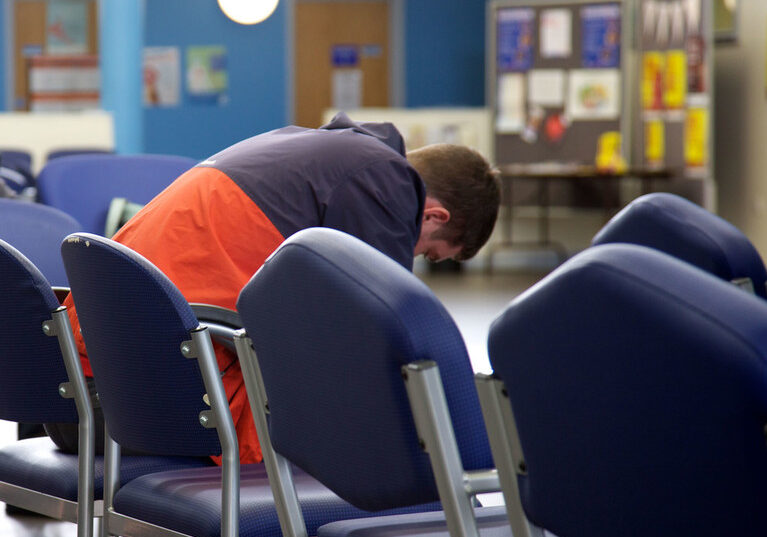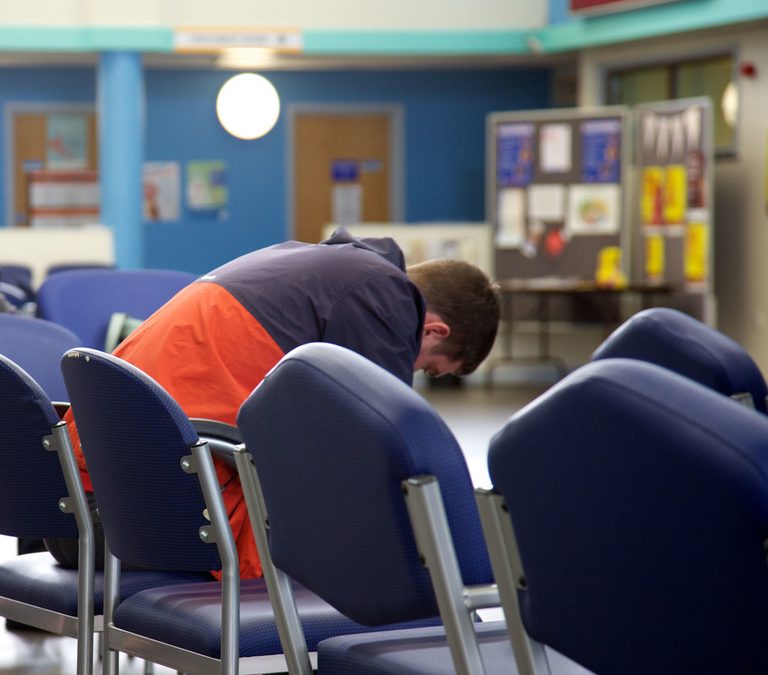
Vicky Sleap, NCMD Project Manager, reflects on the importance of Child Death Review meetings:
In my own area, and in many other parts of England, child death review meetings (CDRMs) have been running for years but I know, for many CDR colleagues, they are a new element of the child death review process – and one that is a challenge to understand and adopt.
CDRMs are a daunting prospect, even when you have been to as many as I have. Each one represents a life lost and sitting in a room discussing what happened can be distressing and difficult. In particular, there are many misconceptions about the reasons for holding these meetings and the value they can have. I have spoken to many professionals over the years who worry when they receive an invitation to attend one, thinking that the process is looking to apportion blame or to pick over their work and find out if and where mistakes were made and by whom. I have also heard from busy professionals asking why a CDRM is necessary because “isn’t that what the CDOP is for?”. They do not say this because they don’t want to learn, but because they are concerned about the value of reviewing deaths “twice” and are unclear about what added value the CDRM brings. On top of all of that, it can be difficult to get everyone together at the same time, particularly when the child has received care in different places and from multiple agencies. Then, once at the meeting, it can be a challenge to make sure that everyone gets the opportunity to speak and that everyone feels supported to do so. It only takes one big personality, or someone who feels very strongly about a specific point to create an environment where others do not feel comfortable to speak. Finally, I know that in many cases people do not have protected time in their work plans to attend CDRMs, so they have to juggle their many other commitments to make time to do so. So, with all this in mind, what do we get out of CDRMs?
For me, there are three ways in which the CDRM adds value. The first is information sharing between professionals. In the immediate aftermath of a child’s death, lots of people are involved and there are practical things that need to happen such as ensuring that the family is cared for and that relevant notifications are made etc. I think sometimes it can be easy to forget that dealing with the death of a child also has a profound effect on professionals. They will often reflect on events and may have unanswered questions about the course of events. I have spoken with colleagues in the ambulance service to whom this particularly applies. It is rare for an ambulance crew to attend a child death and seeing these children in extremis is deeply affecting for all concerned. Or sometimes they may bring a child to hospital and they do not know the outcome for the child once the Emergency Department staff have taken over. The CDRM provides an opportunity for everyone to understand what happened to the child at a time when more information is available than at the outset.
The second way a CDRM adds value is to take into account the family’s perspective. The CDRM has the capability to answer their specific questions about what happened to their child. The family does not attend CDRMs, but they are given the opportunity to contribute their questions and comments for discussion in advance of the meeting. However, this can be a two-way flow of information. It is often the case that a professional present at the CDRM holds a vital piece of information to help everyone to understand what happened, and that information came from the family. I know of examples where the family has confided in one professional with whom they have a trusted relationship, and that key piece of information from the family has enabled an aspect of the events to come to light that would otherwise have remained hidden. It is also the case that, with a multi-agency approach to the discussion, important social and background aspects of the child’s life can be discussed which may have impacted on, for example, their access to services.
The third reason for a CDRM is to identify local learning. My approach has always been to ask: “If another child presented in exactly the same way as this child, would we be satisfied if everything happened in the same way?” That is not to say that something went wrong or that it would have changed the outcome for the child that died, but to ensure that we have reflected on all aspects of this child’s journey to learn wherever possible and implement improvements to services for other children going forward. Surely, there can be no more fitting legacy than that?
Online CDRM guidance: For detailed guidance on how to hold effective child death review meetings (CDRMs) – as well as a range of other resources for CDR professionals – click here: www.ncmd.info/professionals.
Back to: Home | All publications

